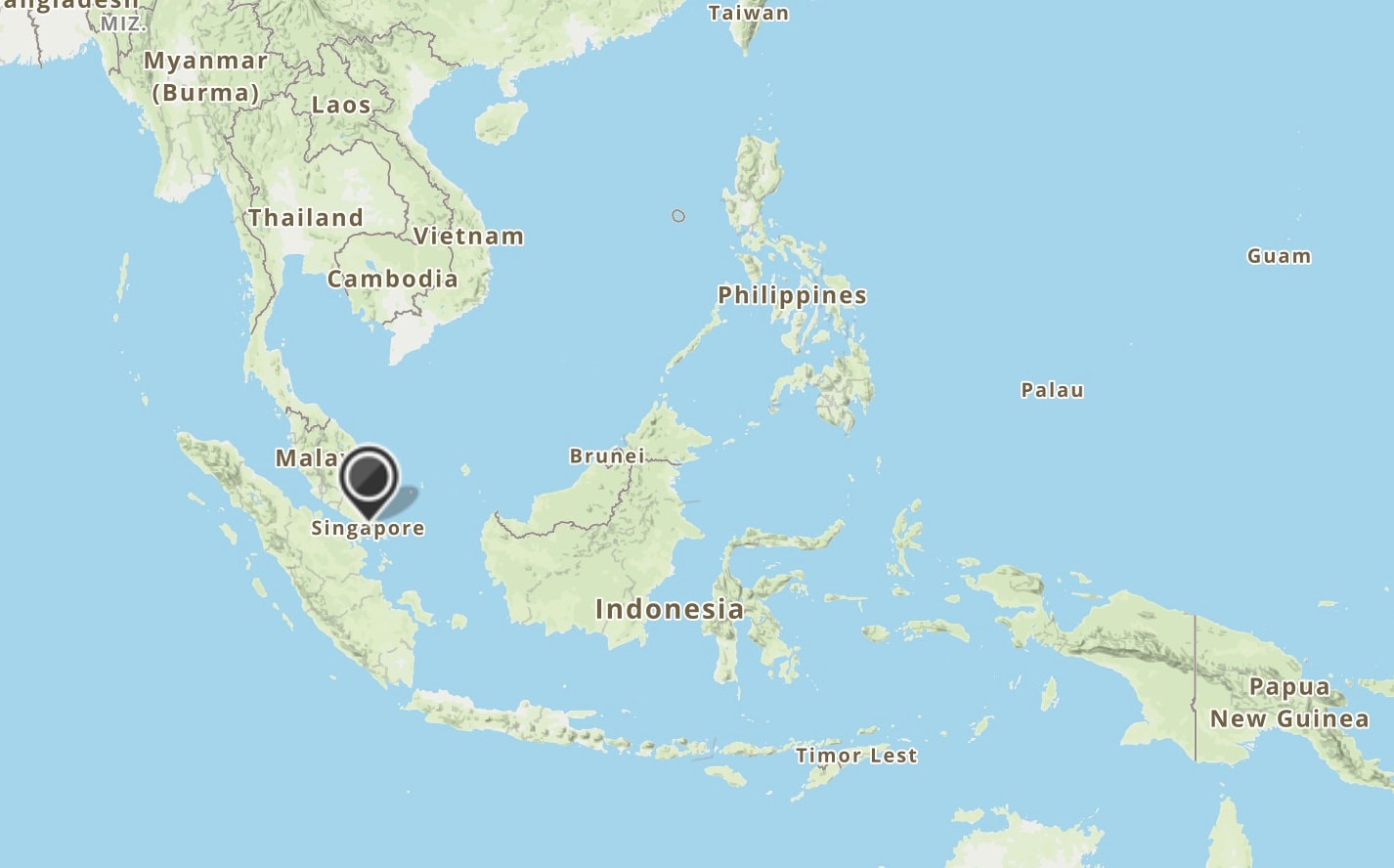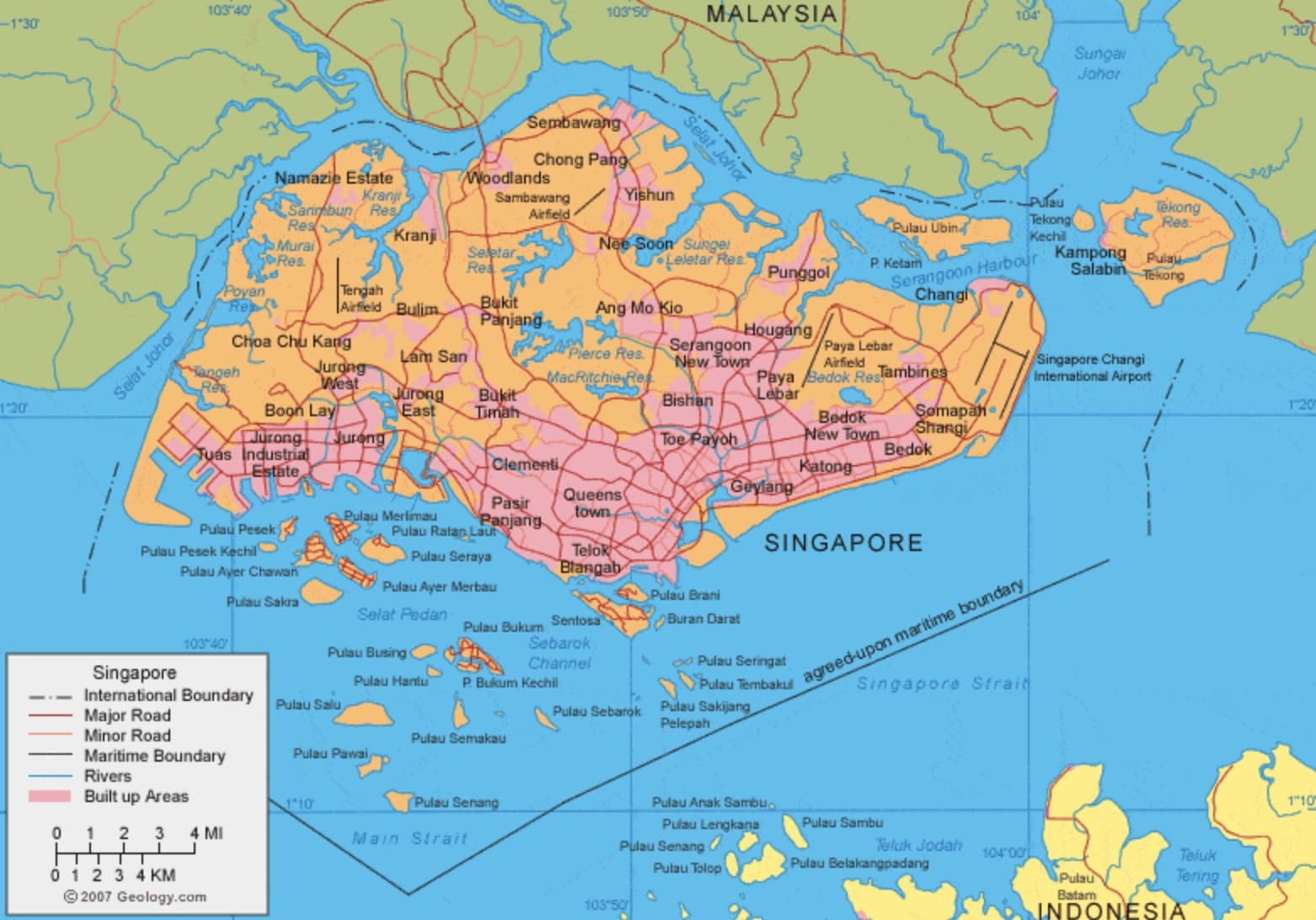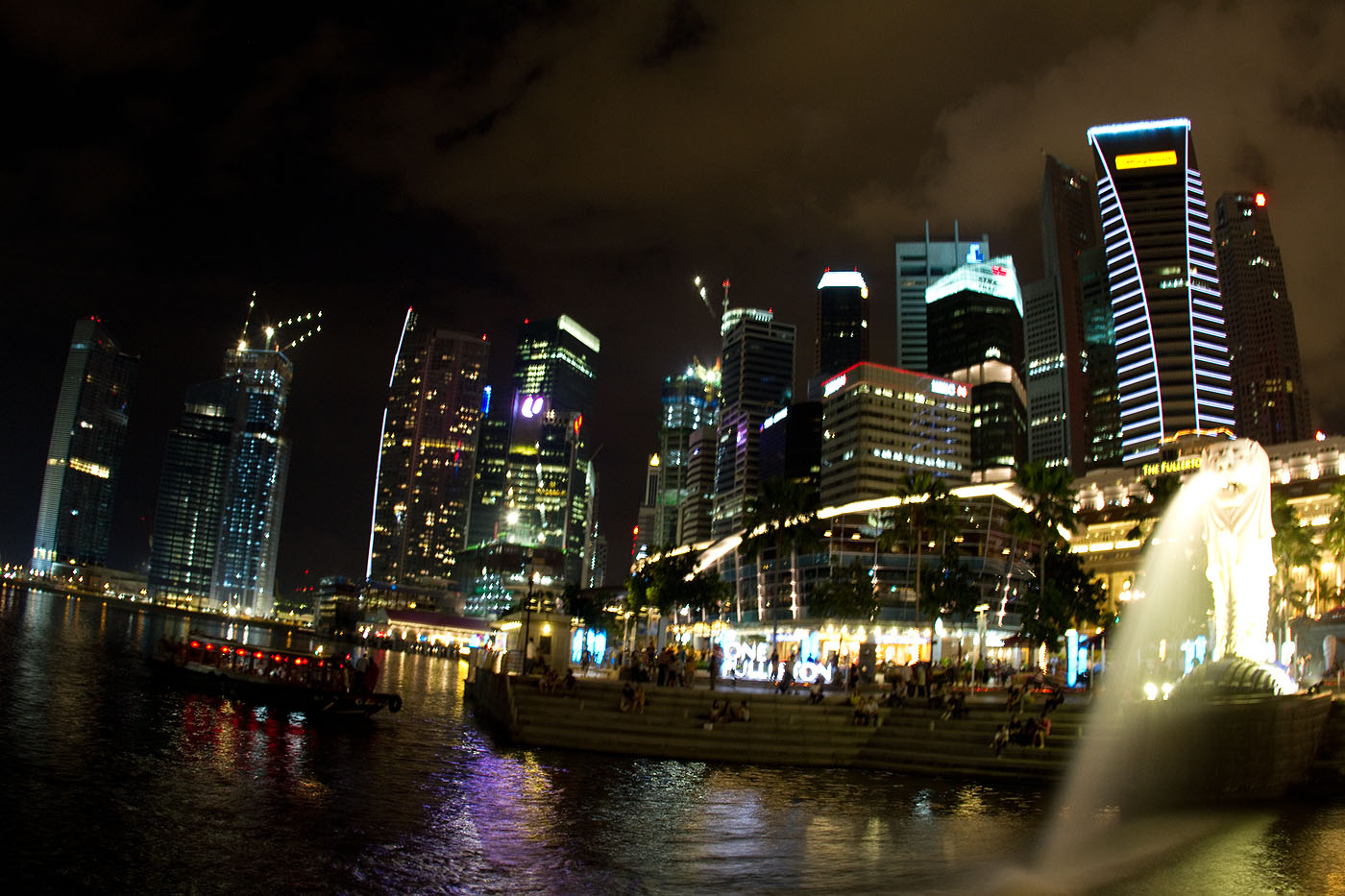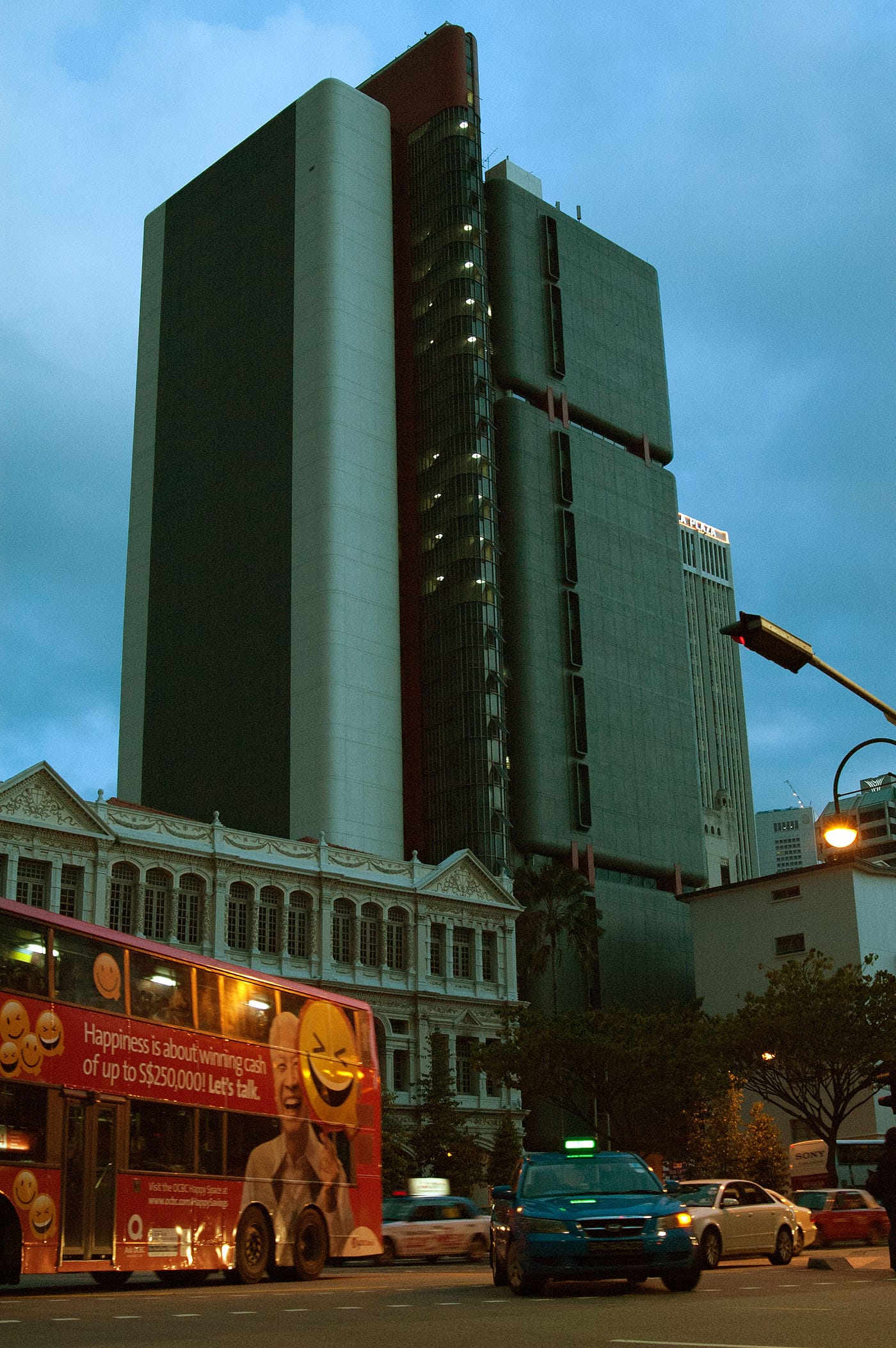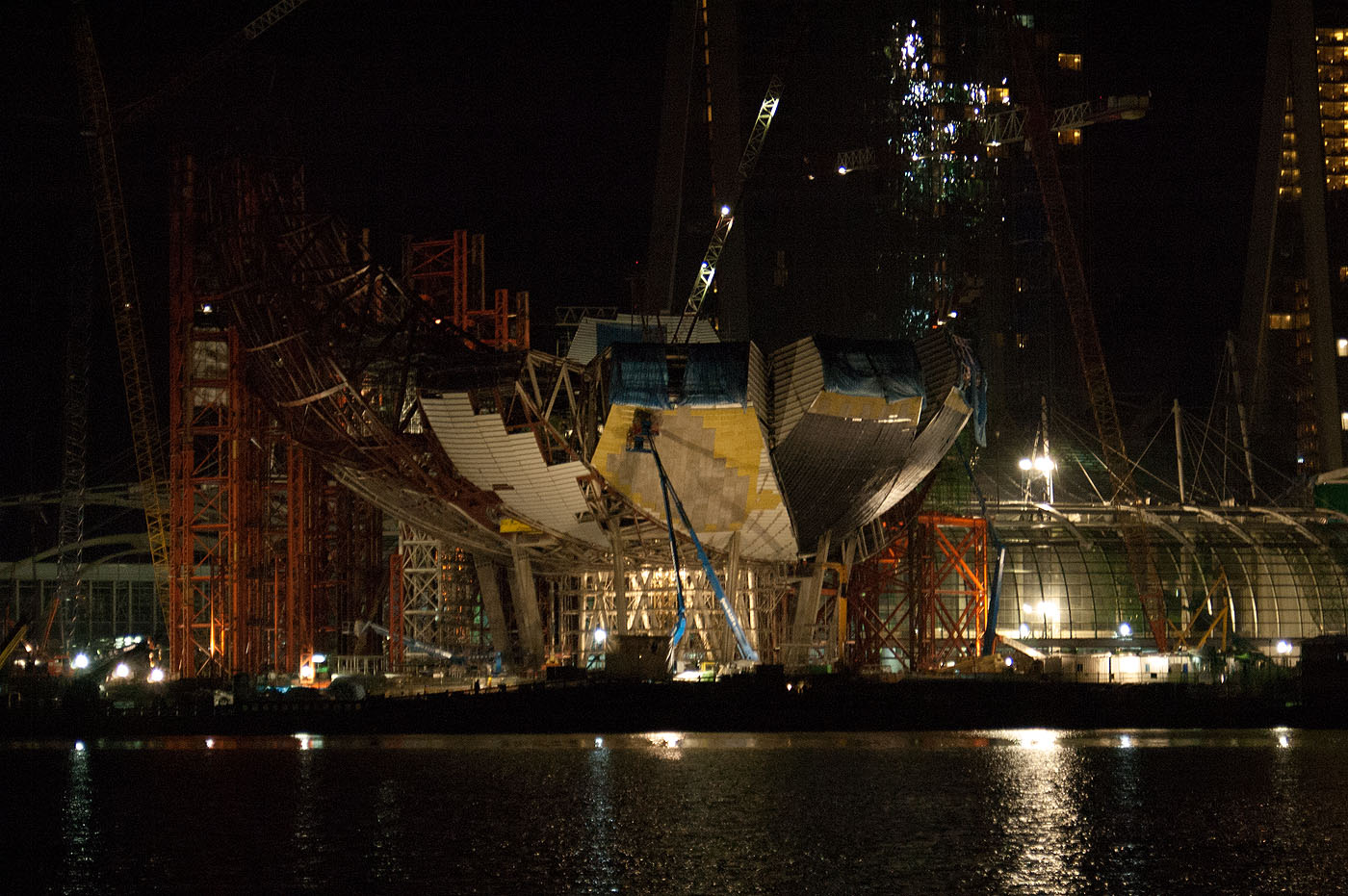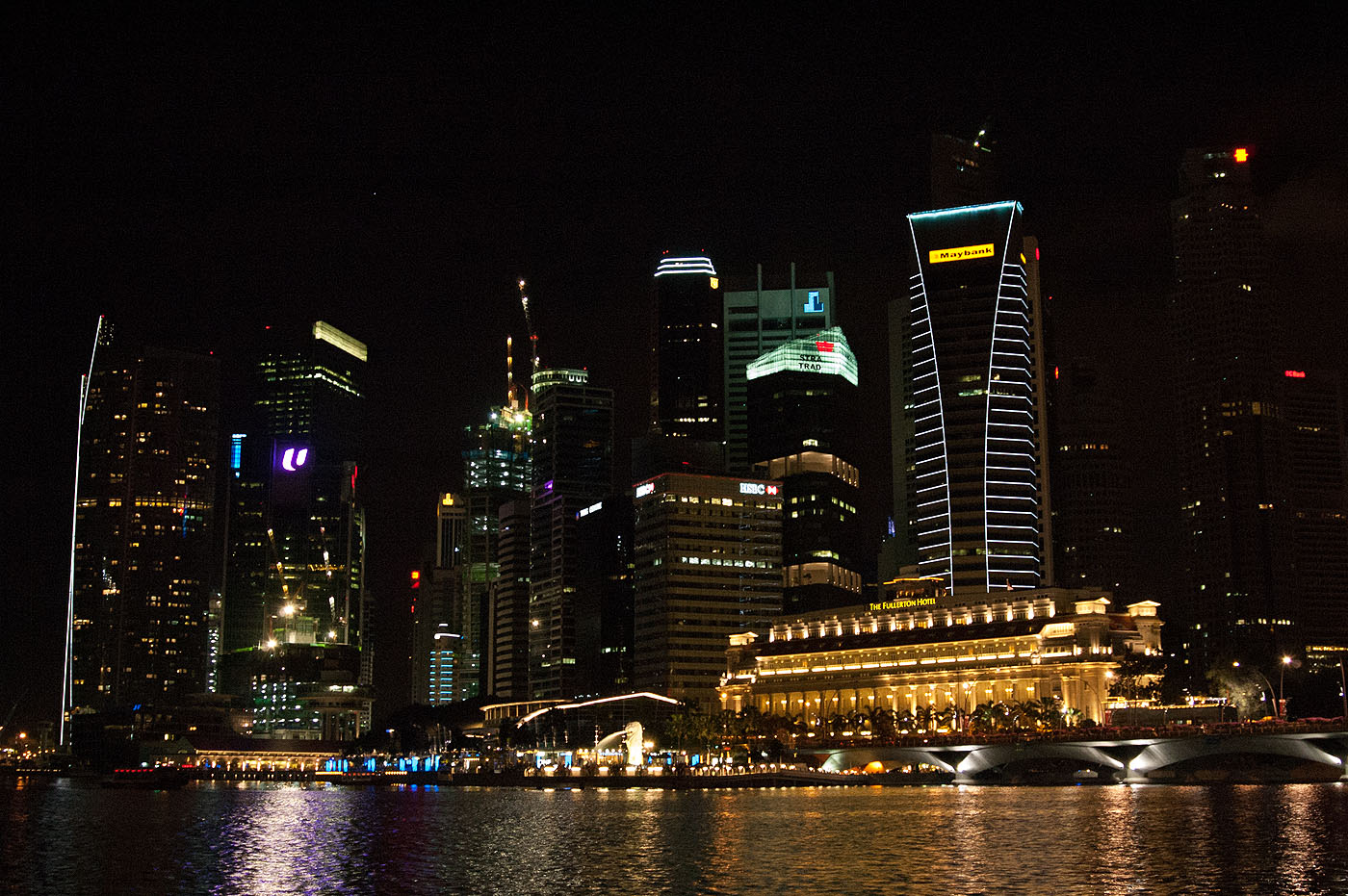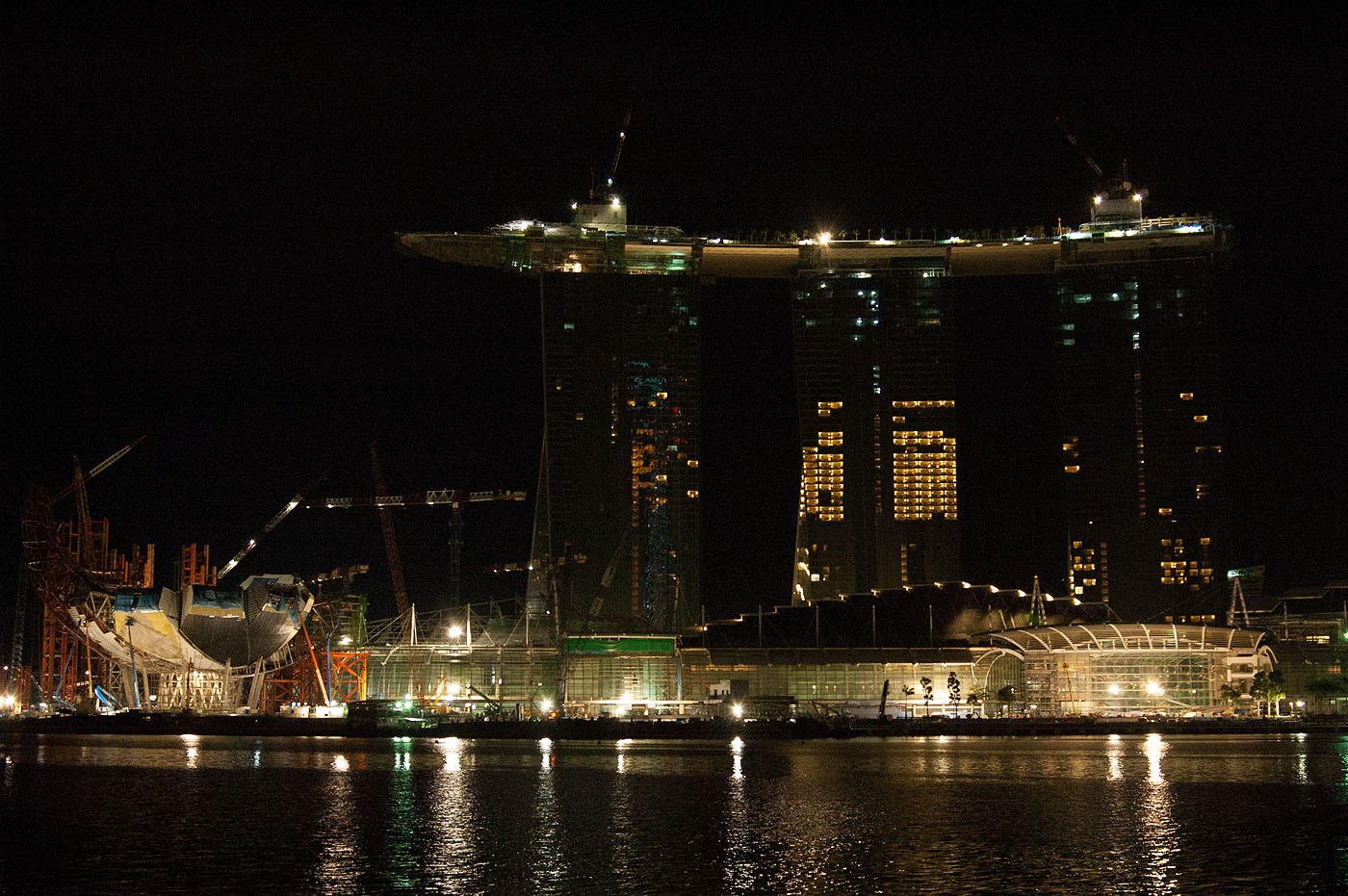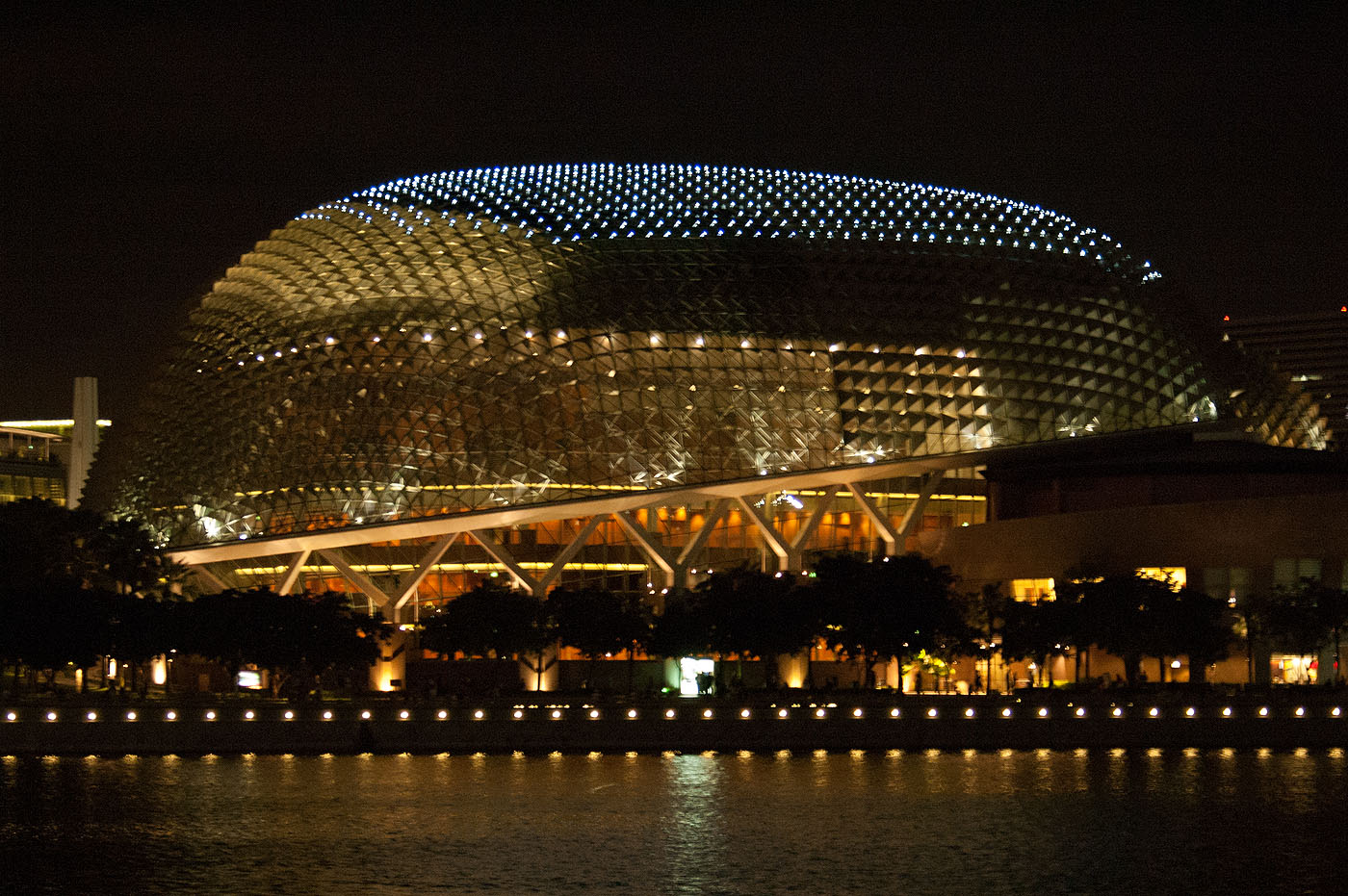Modern City States – Singapore
Between the legend and democracy
Humans settled the islands that now form Singapore at least as early as the 2nd century CE, but little is known about the early history of the area. In 1320, the Mongol Empire sent emissaries to a place called Long Ya Men, or “Dragon’s Tooth Strait,” believed to be on Singapore Island. The Mongols were seeking elephants. A decade later, the Chinese explorer Wang Dayuan described a pirate fortress with mixed Chinese and Malay population called Dan Ma Xi, his rendering of the Malay name Tamasik (meaning “Sea Port”).
According to legend, in the thirteenth century, a prince of Srivijaya was shipwrecked on the island; he saw a lion there for the first time in his life and took this as a sign that he should found a new city, which he named “Lion City” – Singapura.
The legend has some strains in history. Indeed, modern Singapore was founded in 1819 by Sir Stamford Raffles, a clerk of the British East India Company looking for an area suitable for a port close to the trading lines. After the dead of the Sultan of the Empire of Johor, Raffles contracted an annual payment for Singapore and in 1824 the British East India Company bought the island. In 1867 Singapore became a Crown Colony ruled directly by the British government. When the Suez canal was built in 1869 Singapore became even more important as a ‘gateway’ between Europe and eastern Asia. After the Japanese domination (1942-1945), the formation of the People’s Action Party in 1954 determined a major force in Singaporean politics; self government was granted in 1959 and Lee Kuan Yew became prime minister. After joining with Malaysia in 1963, Singapore became completely independent in 1965.

According to its constitution, the Republic of Singapore is a representative democracy with a parliamentary system; however, its politics have been completely dominated by a single party, the People’s Action Party (PAP), since 1959. Indeed, the unicameral parliament has 87 seats, and has been dominated by PAP members for decades. Singapore has a relatively simple judicial system, made up of a High Court, a Court of Appeals, and several types of Commercial Courts. The judges are appointed by the President upon advice of the Prime Minister. The country is one of the most successful Asian tiger economies, with a per capita GDP of $60,500 US, fifth in the world. Its unemployment rate as of 2011 was an enviable 2%, with 80% of workers employed in the services and 19.6% in industry.
Singapore exports electronics, telecommunications equipment, pharmaceuticals, chemicals and refined petroleum. It imports food and consumer goods but has a substantial trade surplus.
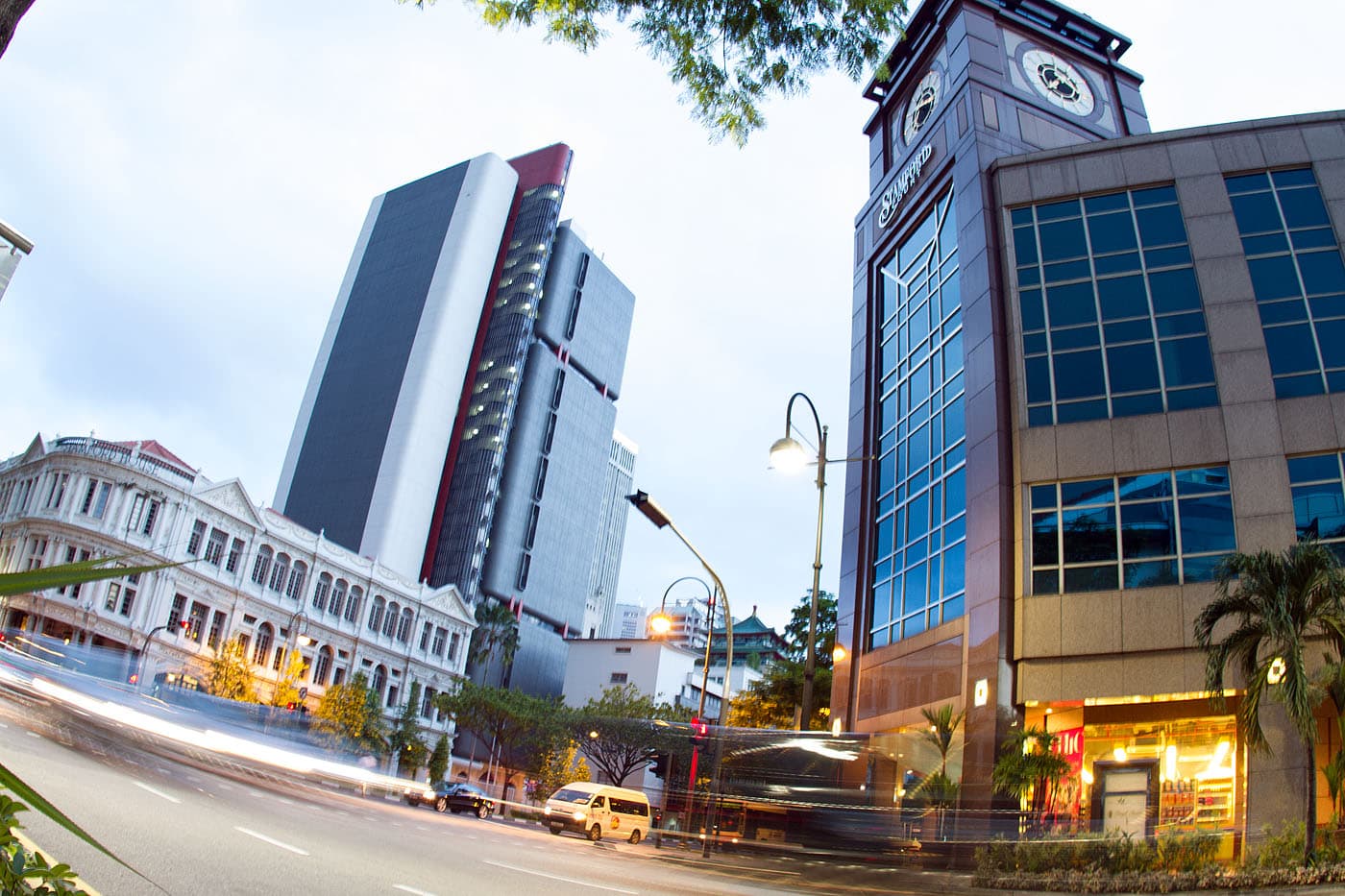
With a strong background of cultural and ethnic diversity, the city’s architecture is a result of its varied influences.
Contemporary Singapore architecture has a strong focus on sustainability, with many examples of vegetative landscapes being introduced into high-rise buildings. Green architecture and ventilation is particularly important for the architecture in Singapore due to its humid climate.
Since the city is rather expensive (depending on your luck with the fluctuating currency exchange), you may purchase a 50% discounted pre-packaged tour offer including access to the Marina Skypark, SkyBridge, and National Gallery.
References.
Singapore. Retrieved from https://www.britannica.com/place/Singapore
